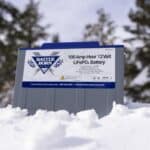
MENUMENU
TALK TO AN EXPERT
Special Hours: 7AM – 6PM PST
TALK TO AN EXPERT
Special Hours: 7AM – 6PM PST
When temperatures drop below freezing, even the best lithium batteries need a little help to stay fully operational. While a Battle Born LiFePO4 battery’s internal Battery Management System (BMS) protects it from charging in unsafe conditions—automatically pausing charge below 25°F—it can still safely discharge down to –4°F.
So, is a heated lithium battery really necessary? The answer depends on how and where you use your system.
If your RV, off-grid cabin, or marine setup operates in freezing climates, a heated LiFePO4 battery ensures continuous power and charging, even when temperatures stay below freezing. Rather than waiting for the battery to warm naturally, the built-in heater draws minimal power to bring the cells back to a safe charging temperature automatically.
In this guide, we’ll explore how cold impacts lithium performance, when heated batteries make sense, and how Battle Born’s integrated heating technology keeps your energy system running seamlessly in any season.

Before diving into the benefits of heated lithium batteries, it helps to understand how colder temperatures generally affect them.
Lithium-ion batteries handle cold-temperature discharges more effectively than other battery types. In fact, our batteries discharge effectively down to -4°F.
That said, when temperatures drop below freezing (32°F), the lithium cells can’t leverage the same amount of charging current without damage. Because of this, our battery’s internal battery management system will automatically prevent charging below these temperatures.
Here’s where heated lithium batteries like the 12V LiFePO4 options by Battle Born Batteries come into play. These batteries use low-draw technology to keep themselves just above freezing and prepare for charging; stable chemistry and a built-in battery management system (BMS) provide safe and reliable power sources no matter what kind of weather you’re up against.
Cold climates usually come with snow and ice. Of course, melting snow turns to water, which could also impact your battery. It ultimately depends on how the manufacturer designs their battery.
For example, Battle Born Batteries come fully sealed, meaning that getting wet isn’t a significant problem. While we don’t suggest submerging them in water, a little melted snow and rain shouldn’t be an issue.

Not everyone needs heated batteries — and that’s an important distinction to make before you invest in them.
Because Battle Born LiFePO4 batteries don’t off-gas and are safe to install indoors, many RVers and off-grid users mount their batteries inside heated living spaces. In these cases, the interior temperature usually stays well above freezing, allowing the batteries to operate and charge normally. Even if the temperature drops temporarily, the space can be warmed before charging, and the batteries will continue to discharge safely down to –4°F.
If your batteries are installed in a cold, unheated compartment — such as an exterior RV bay, truck camper box, or uninsulated storage area — you’re more likely to benefit from a heated battery. These environments can drop below freezing and stay there for extended periods, making it difficult to charge the battery without additional warmth.
It’s worth noting that our batteries only need to be slightly above freezing (32°F) to accept a charge. Often, a storage bay adjacent to a heated space is warm enough. For customers who travel primarily in mild or summer conditions, a standard Battle Born LiFePO4 battery is perfectly suitable without the heating feature.
If you do find yourself RV camping in truly cold environments or using high-power loads like inverters, microwaves, or induction cooktops in sub-freezing weather, heated batteries can make a noticeable difference. The internal heater automatically raises the battery temperature just enough to allow safe charging and full performance.
For alternative setups, it’s also possible to warm our batteries externally using a small space heater, heated pad, or thermal blanket — as long as the temperature of the battery casing rises above freezing before charging begins.
No matter where you install them, we recommend keeping your batteries insulated to improve efficiency. Insulation helps the internal heater draw less power while maintaining the necessary internal temperature for safe operation.
| Setup / Use Case | Standard LiFePO4 Battery | Heated LiFePO4 Battery |
|---|---|---|
| Installed in heated or interior space (inside RV, cabin, or van) | ✅ Recommended — stays above freezing naturally | Not necessary |
| Installed in an exterior or uninsulated compartment | ⚠️ May work if temps stay above 32°F or bay is warmed by adjacent living space | ✅ Recommended for consistent winter charging |
| Used primarily in warm or summer climates | ✅ Ideal — heating not needed | ❌ Unnecessary |
| Used year-round in cold or mountain climates | ⚠️ Will discharge in cold but can’t charge until above freezing | ✅ Maintains charge and performance in sub-freezing temps |
| Occasional freezing temps, but system can be pre-warmed before charging | ✅ Suitable if warmed before charging | Optional |
| High power draw in extreme cold (e.g., microwave, inverter, large loads) | ⚠️ Reduced performance possible | ✅ Ensures stable voltage and output |
| Stored or operated below 32°F for extended periods | ⚠️ External warming required to charge | ✅ Self-heating ensures automatic operation |
| System insulated or near heated space | ✅ Often sufficient | Optional but efficient (uses less heater power) |
Quick Take:
If your batteries live inside a climate-controlled space or you travel mainly in mild conditions, our standard Battle Born LiFePO4 batteries are all you need.
If your power system will regularly face freezing temperatures — especially when stored or used outdoors — our heated models ensure continuous, safe charging and discharging without downtime.
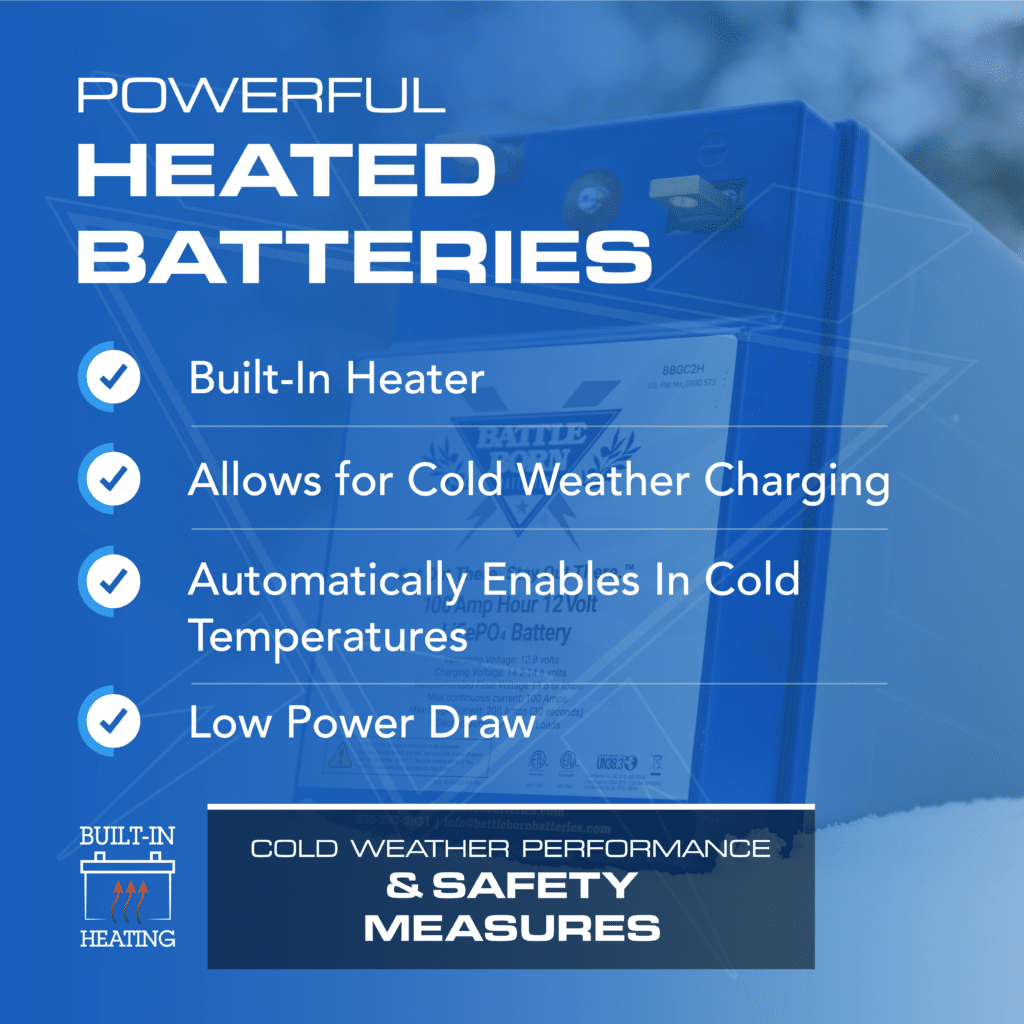
Whether you need a heated lithium battery ultimately comes down to how and where you use your system. For most RVers and off-grid homeowners who install their batteries in warm, insulated spaces, standard Battle Born LiFePO4 batteries perform flawlessly year-round. But for those venturing into freezing temperatures or installing power systems in unheated compartments, a heated model ensures uninterrupted charging and reliable performance—even when the mercury drops.
Every system and climate is a little different. That’s why our Nevada-based technical specialists are here to help you design the perfect setup for your rig, boat, or off-grid property. Whether you’re planning a winter road trip or optimizing a full-time cold-weather build, we’ll make sure you have the power to keep going—no matter the season.
👉 Call us at (855) 292-2831 or explore our Heated 12V LiFePO4 Battery Kits to find the ideal solution for your next adventure.
We know that building or upgrading an electrical system can be overwhelming, so we’re here to help. Our Reno, Nevada-based sales and customer service team is standing by at (855) 292-2831 to take your questions!
Also, join us on Facebook, Instagram, and YouTube to learn more about how lithium battery systems can power your lifestyle, see how others have built their systems, and gain the confidence to get out there and stay out there.
Shop Best Sellers
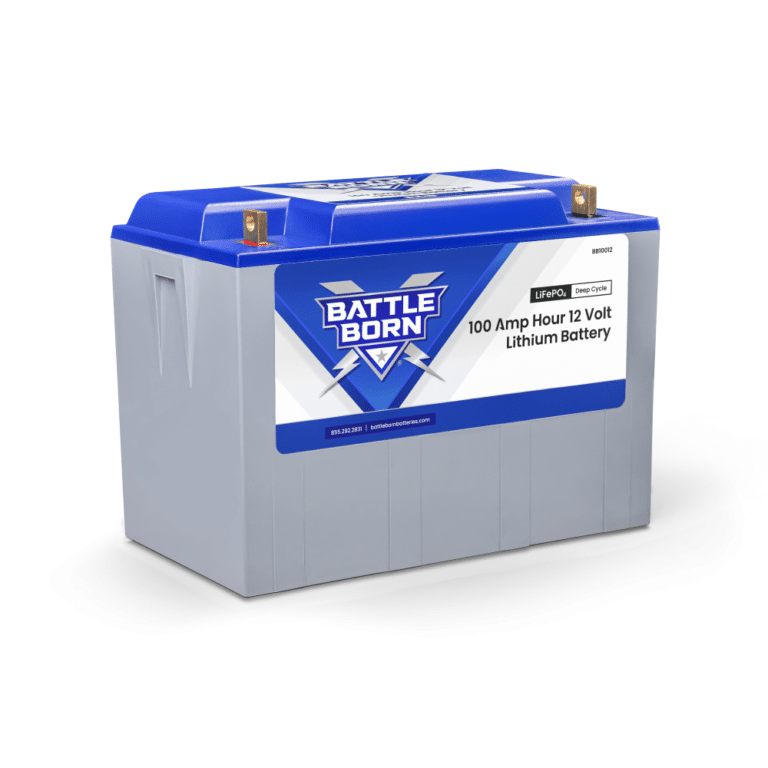
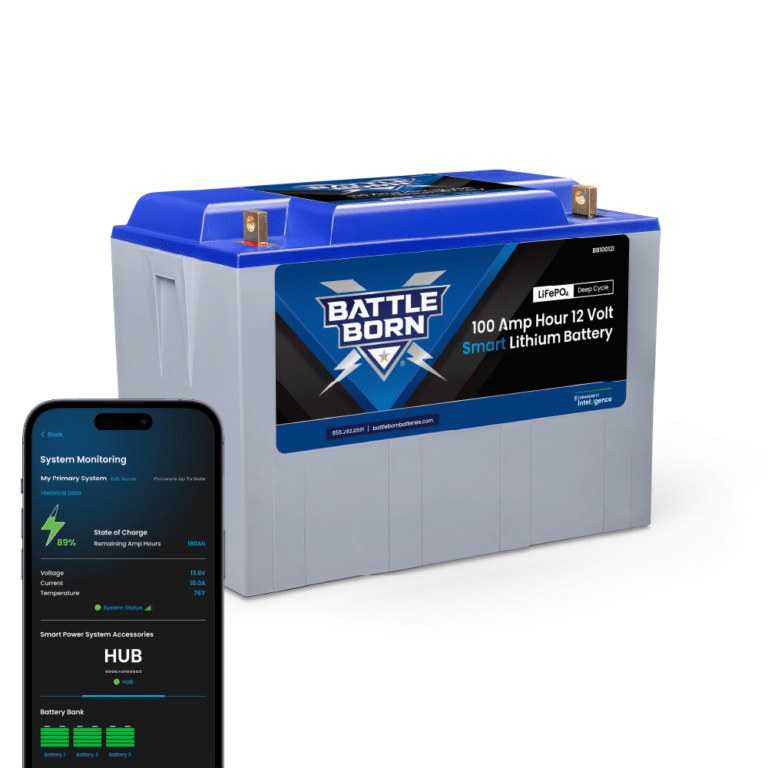
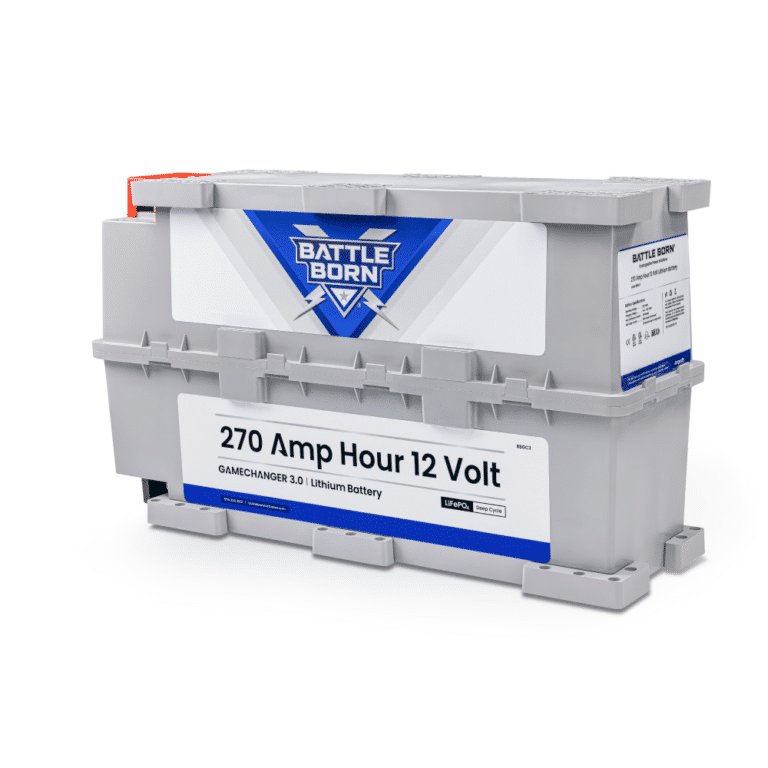
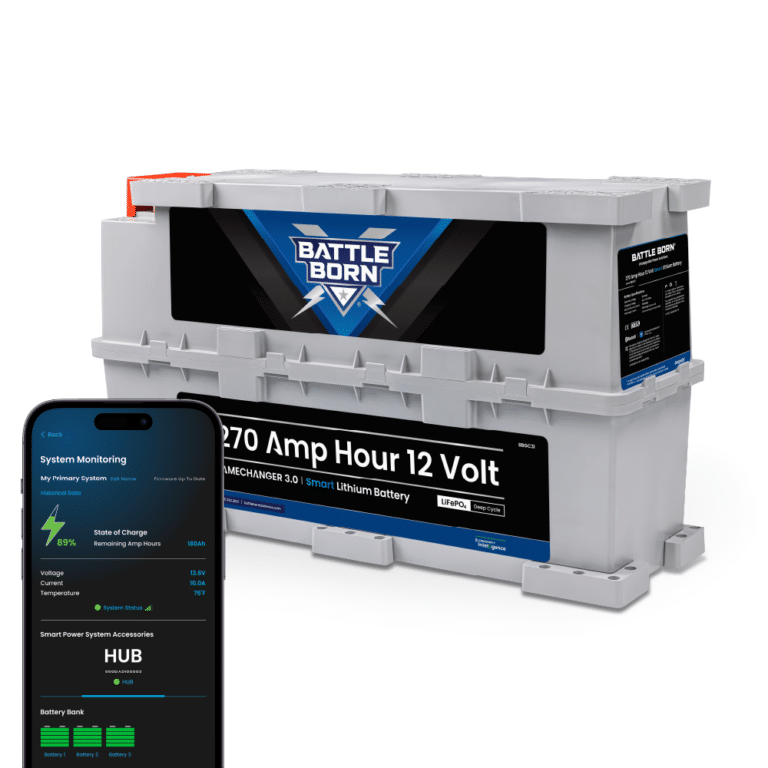
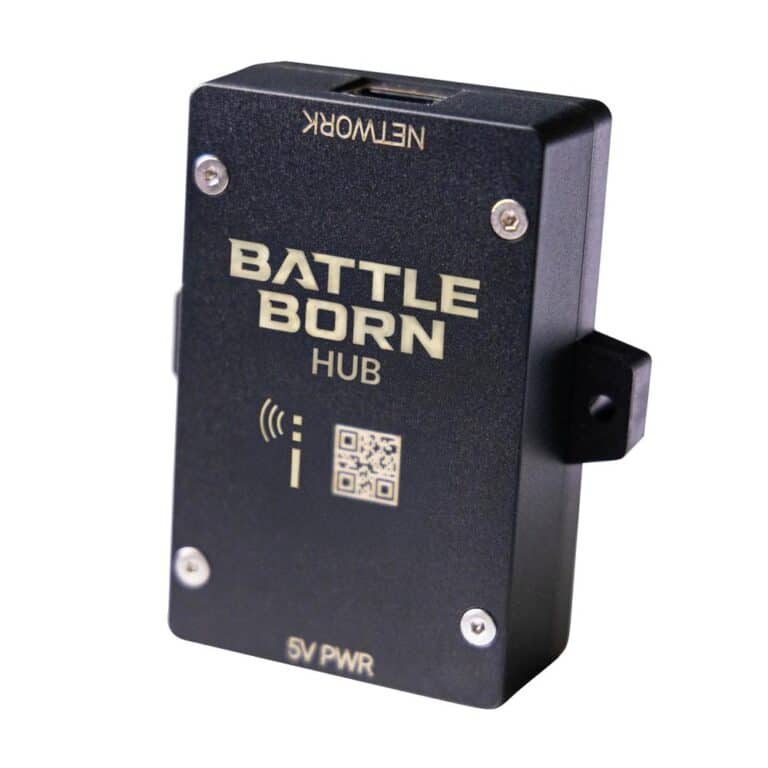
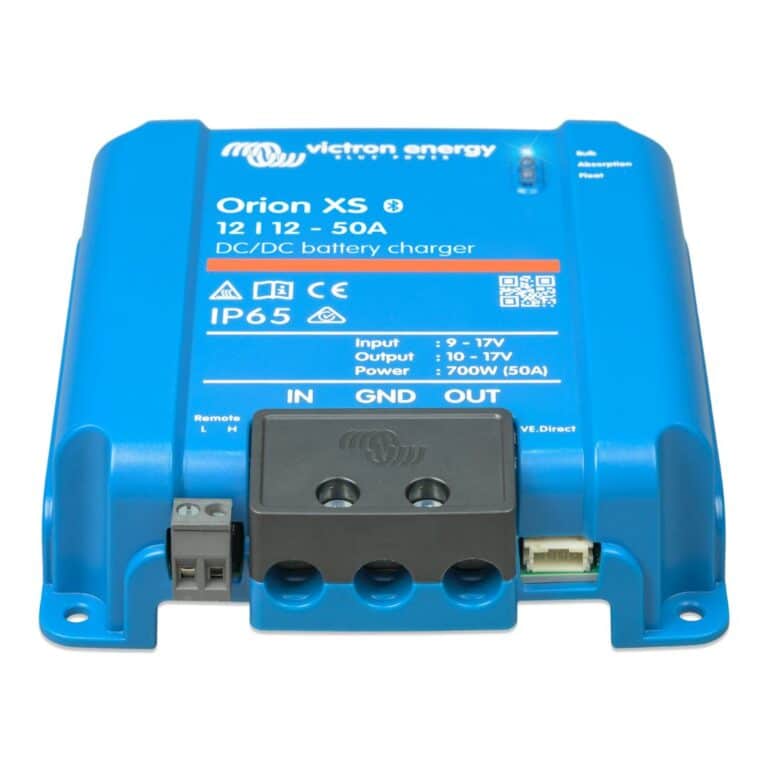
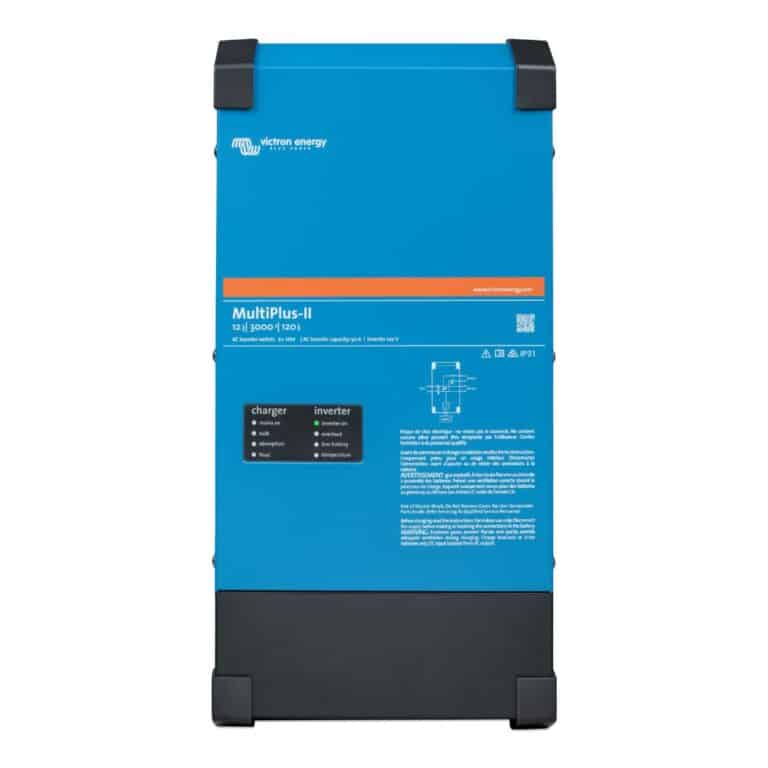

Ask a technical specialist now at 855.292.2831
Stay in the Know
2 thoughts on “Heated Lithium Batteries: Providing Warmth and Power in Cold Weather”
Do your heated Lithium batteries require a shore power (120VAC) connection to work? Or can they use their own stored energy to heat themselves. Do you know the amp-hour draw of the heating elements? Thinking of off grid camping situations in cold weather. Thanks very much.
No, they do not require shore power. On average, the heated battery consumes 1.8 amps of power while heating. Our tests indicate that at 0 degrees Fahrenheit, with no insulation, the heater is on about 30% of the time. With no external charging or loads it gives approximately 185 hours of heat capability before the battery goes into low voltage disconnect. However, duty cycle values and overall draw may vary based off of environmental conditions.